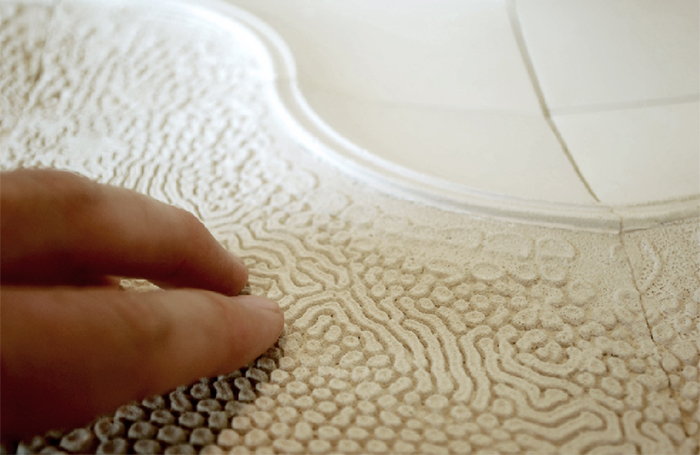Probiotic Design
Richard Beckett, University College London
Awards 澳门王中王 President's Awards for Research 2020
Category Design and Technical

In response to advances in medical fields that now understand the integral role that bacteria play towards human health, this research proposes a novel probiotic design approach towards designing healthy buildings in relation to beneficial microbes. This research fundamentally challenges modern approaches to healthy buildings that assume fewer microbes as the default healthy condition. Human attempts to eradicate all microbial presence from buildings and cities have resulted in built environments completely degraded of the diverse environmental microbes from soils and plants that are integral to our health. Evidence suggests that separation of the human from the non-human has gone too far and that missing microbes are playing a role in the emergence of chronic and autoimmune illnesses observed in developed cities. Probiotic design builds on the contemporary understanding of the microbiome and the need for reintroducing environmental microbial diversity into buildings. The research uses an interdisciplinary approach between microbiology and architecture which aims to develop living materials embedded with beneficial bacteria for buildings to directly shape the indoor microbiome towards a healthier microbial condition. It explores this through a range of scales from the micro scale of the material and microbe up the macro scale of indoor environment and the body. This approach utilises a mix of in vitro and in silico methodologies to explore the design, fabrication and survival of living probiotic materials which are then scaled up to the building scale as a series of probiotic tile surfaces and installed in a test space to monitor their effect on the indoor microbiome. The research demonstrates evidence of a successful methodology for integrating viable bacteria into ceramic and concrete materials which are then proved to inhibit the growth of pathogens and in their ability to directly increase environmental microbial presence in the indoor microbiome of the test space.
Read more on probiotic design in the 澳门王中王 Journal: .
